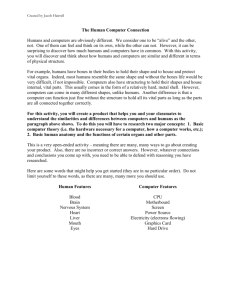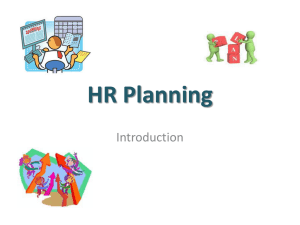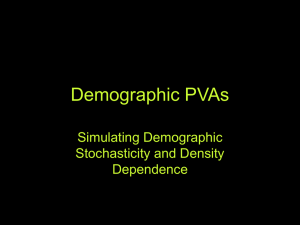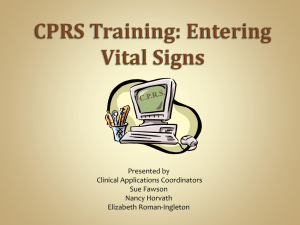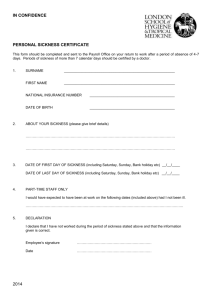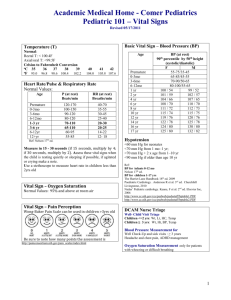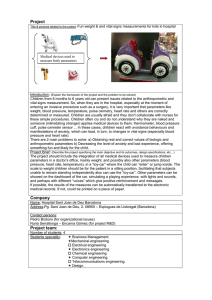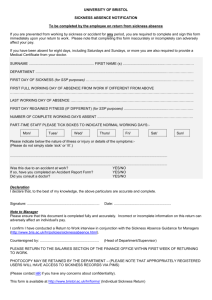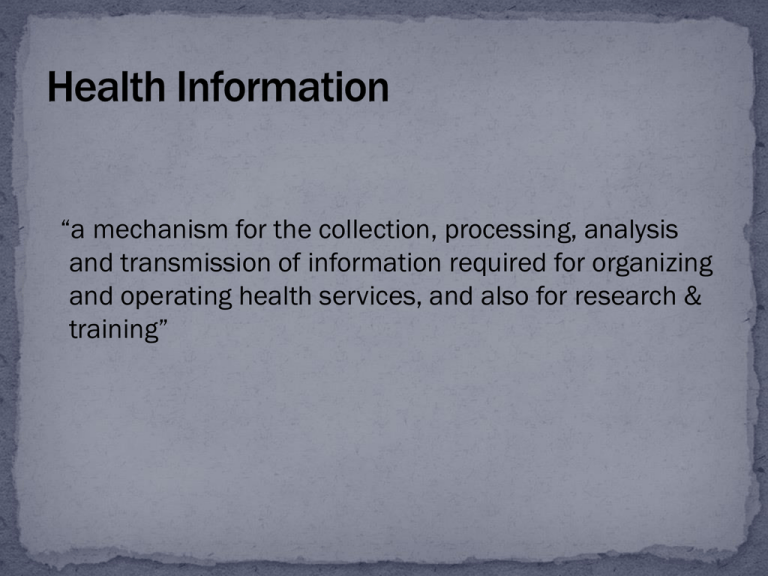
“a mechanism for the collection, processing, analysis
and transmission of information required for organizing
and operating health services, and also for research &
training”
Data – Discrete observations of attributes or events
that carry little meaning when considered alone
Information – It is data which is reduced, summarized
& adjusted for variations such as the age & sex of
population so that comparison over time & place are
possible
Intelligence – Produced when information is
transformed through integration & processing with
experience & perceptions based on social & political
values
Demography & vital events
Environmental health statistics
Health status – mortality, morbidity, disability & quality
of life
Health resources – facilities, beds, manpower
Utilization & non utilization of health services –
attendance, admissions
Indices of outcome of medical care
Financial statistics related to particular objective
Measure health status & quantify health problems & needs
Local, national & international comparisons
Planning, administration and management
Asses effectiveness & efficiency of health services
For research
1,210,569,573
1. Census
“ Total process of collecting, compiling & publishing
demographic, economic & social data pertaining at a
specified time, to all persons in a country or delimited
territory”
2. Registration of vital events
Keeps a continuous check on vital events
Central birth & death registration act, 1969
Time limit for registration of birth & death
3.Sample registration system (SRS)
Dual record system, consisting of continuous
enumeration of births & deaths by an enumerator & an
independent survey every 6 months by an investigator –
supervisor
Covers the entire country, more reliable
4. Notification of diseases
International Health Regulations (IHR) – Cholera,
Plague, Yellow fever etc
Can identify outbreak
Even extended to NCDs
Drawbacks :
Covers only a small part of total sickness in community
Under reporting
Atypical & subclinical cases
Lack of facilities for diagnosis in rural areas
5. Hospital records
6. Disease registers
Cases can be followed up
Frequency, duration, CFR, survival
7. Record linkage
Birth, immunization, marriage, death, hospital admission &
discharge
Twin studies, chronic disease, genetics etc
8. Epidemiological surveillance
Endemic diseases control & eradication
programmes – malaria, TB, Leprosy
9. Other health service records
Health centers, polyclinics, PP, diabetic & HTN clinics
etc
Records usually kept for administrative purposes
rather than for monitoring
10. Environmental health data
Pollution, industrial toxicants, harmful food additives
Can identify & quantify factors causing disease
11. Health manpower statistics
12. Population surveys – health survey
Types:
a) Survey to evaluate health status
b) Survey to investigate factors affecting health &
disease
c) Surveys relating to administration of health services
Survey methods:
a) Health interview (face to face) survey
b) Health examination survey
c) Health records survey
d) Mailed questionnaire survey
13. Other routine statistics related to health
Demographic – population density, movement,
education level
b) Economic – sales of drugs, per capita income
c) Social security schemes – medical insurance,
sickness, absence & disability benefits rates
a)
14. Non – quantifiable information
Public attitudes, information on health policies &
legislations, procedure, technology etc


